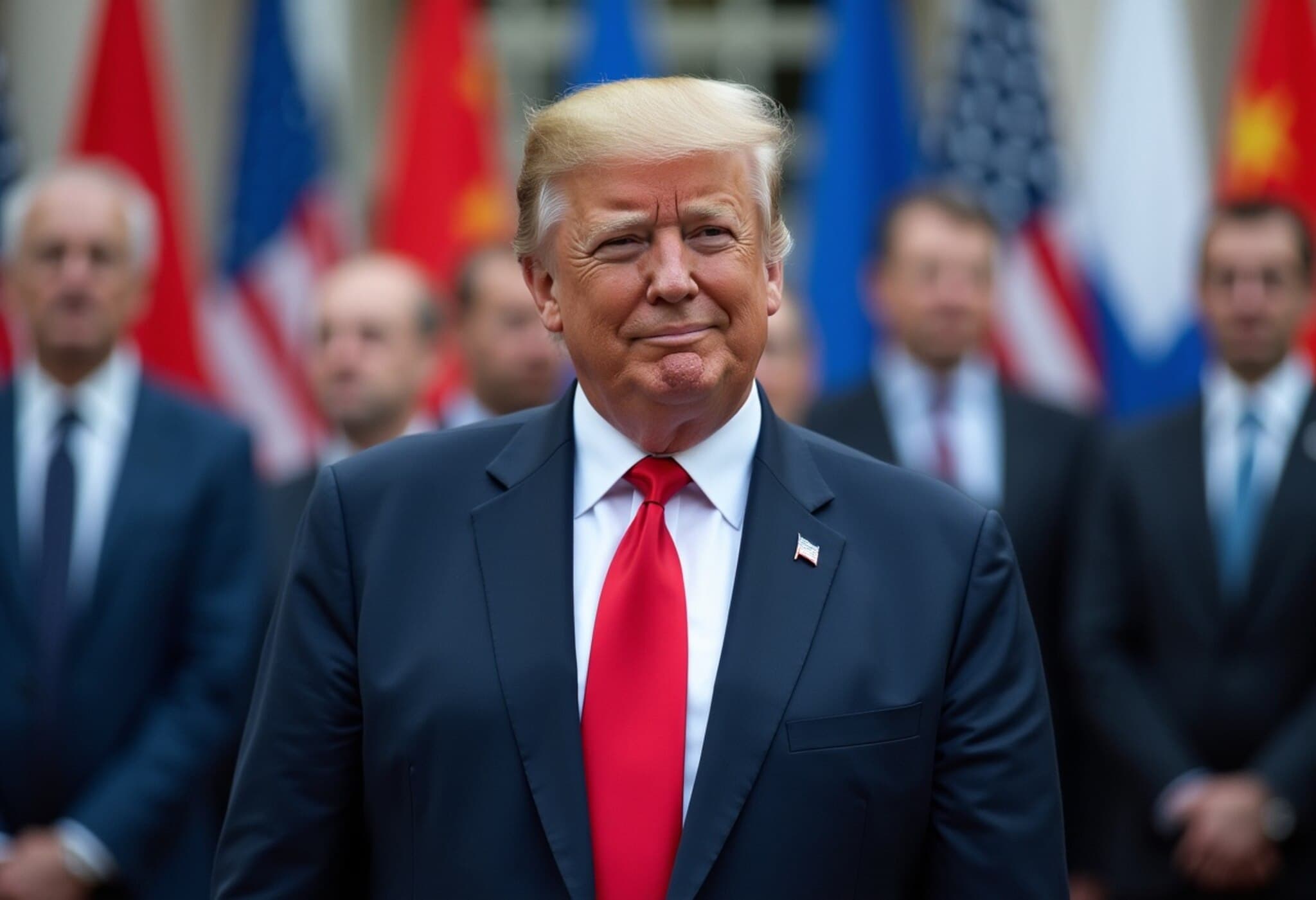NATO Summit Looms as West Seeks Unified Stand on Russia
Next week, leaders from NATO's 32 member countries will converge in The Hague for a summit centered on security challenges facing the alliance — with Russia framed as the primary threat. However, the United States, led by President Donald Trump, appears poised to challenge the consensus by questioning the alliance’s hardline stance on Moscow.
Trump’s Return and a Shift in US Policy
Since reclaiming the presidency, Donald Trump has disrupted the West's united approach toward Russia’s invasion of Ukraine. Rather than reinforcing support for Kyiv, Trump has signaled openness to warming ties with Moscow, complicating NATO’s message ahead of the summit.
Though Trump has criticized Russian President Vladimir Putin for the ongoing conflict and refusal to agree to a ceasefire, he has stopped short of endorsing harsh penalties or imposing further sanctions on Russia. In a provocative statement at a recent industrialized nations summit, Trump suggested that Russia's expulsion from the group was misguided — a remark that stirred unease among Western allies.
Debate Over the Summit’s Language on Russia
Behind the scenes, diplomats are locked in a delicate negotiation over a five-paragraph summit communiqué. Most NATO members want the statement to clearly name Russia as the foremost threat to Euro-Atlantic security, reinforcing the alliance’s commitment to collective defense.
However, the US, bolstered by Russia-friendly members Hungary and Slovakia, is pushing to soften the wording. Options being considered include phrasing Russia merely among other “threats” or labeling it a “long-term threat,” diluting the immediacy perceived by many Eastern European nations.
Though these wording shifts may appear subtle, they carry great weight for countries on NATO’s eastern frontier—those who face the most direct risk and are being urged to boost defense budgets substantially. NATO has cautioned that Russia might mount a direct offensive against a member state within five years.
Aiming for a Middle Ground
A senior European diplomat reflected, "If we can get Trump to sign off on calling Russia a long-term threat then that would be a good result." Meanwhile, the US seems to have edged slightly closer to consensus attitudes, acknowledging the need for a stronger position than before.
The underlying US perspective prioritizes China as the broader global challenge, viewing Russia’s threat as predominantly regional. As NATO’s US ambassador stated, "Russia is the near threat, but China is obviously a big challenge for all of us, and we need to be allied and address those threats as well.”
Uncertainty Looms Over US Intentions
Observers note that despite diplomatic concessions, the fundamental US stance toward Russia remains ambiguous. European analysts point out the lack of a clear answer to the question: How does the United States truly perceive Russia’s role in global security?
Complicating matters, there is always the possibility that President Trump might arrive in The Hague with a sharply different message, directly contradicting the summit’s agreed language.
Further uncertainty arises from looming US reviews of military deployments worldwide, which could result in a reduction of forces stationed in Europe—potentially altering NATO’s defensive posture after the summit.
Division Over Ukraine Assistance
The summit will also highlight stark differences over support for Ukraine. Ukrainian President Volodymyr Zelensky is expected to attend on the sidelines; however, his participation is deliberately limited to avoid friction with Trump.
While the summit statement is expected to link increased defense spending to aid for Ukraine, explicit support for Kyiv’s ambition to join NATO will be notably absent. This reflects the US’s reluctance to fully embrace Ukrainian security as integral to European stability.
One former US ambassador to NATO put it plainly: "The US does not see Ukrainian security as essential to European security. Our European allies do, so they feel that if Putin is allowed to prevail in Ukraine, or if Ukraine does not survive as a sovereign, independent state, they are at risk.”
Looking Ahead
As NATO members prepare to debate these weighty issues, the summit could well expose deeper fractures within the alliance. The challenge remains: forging a cohesive, unified stance on Russia and European security at a time when the United States signals a recalibration of priorities—balancing rivalry with Moscow against emerging global challenges.

